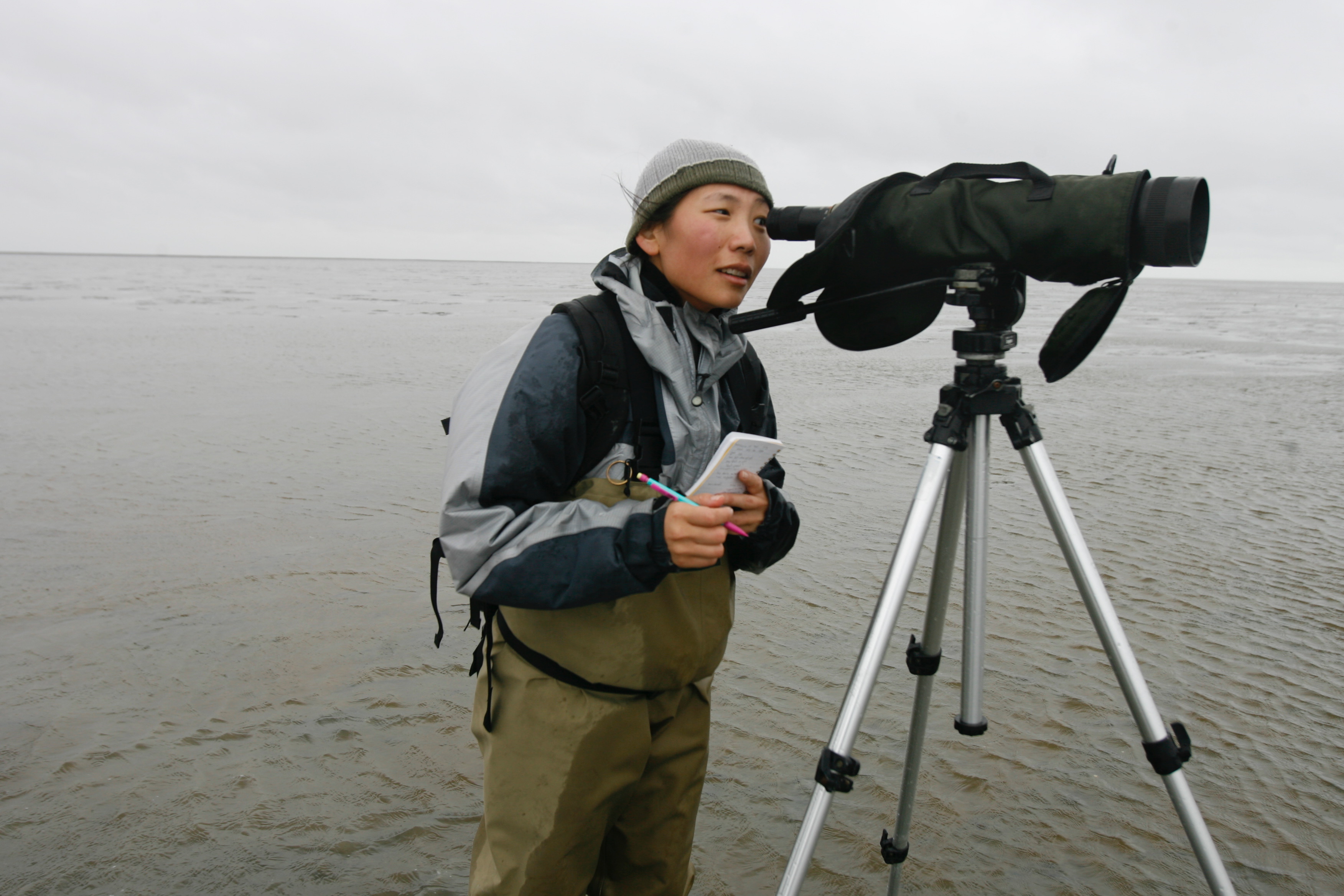
Jia-Rui Cook
Supervisor of News Events and Projects - NASA's Jet Propulsion Laboratory (JPL)
"My parents loved going to museums and the Smithsonian National Air and Space museum was always my favorite," recalls Jia-Rui Cook, who grew up in Cherry Hill, New Jersey, a 3.5-hour drive from Washington. "I remember getting astronaut ice cream every time I went, and being amazed by the spacesuits, the lunar module model, and pictures of the planets."
Nowadays, as a Supervisor for News Events and Projects at NASA's Jet Propulsion Laboratory (JPL), Jia-Rui has turned her childhood fascination into a full-time job. Read on to hear about her professional journey – including her early days as a journalist, her stint on Jeopardy!, and that time she crashed an Eskimo wedding.
I was a local news reporter in the metro section. The city editor’s desk was really close to the science editor’s desk, so I got to know the science editor just by walking by. It was around the time of the Spirit and Opportunity landings on Mars, which JPL managed for NASA. The science editor mentioned that he had heard some engineers were wearing specially made watches to keep track of Mars time (a Mars day is slightly longer than an Earth day). That conversation resulted in my first front-page feature story about what it was like for earthlings to shift their days according to the Mars clock. Not long afterward, I formally joined the Times’ science section, which gave me an opportunity to write about a shuttle launch, space art, and robotic arms.
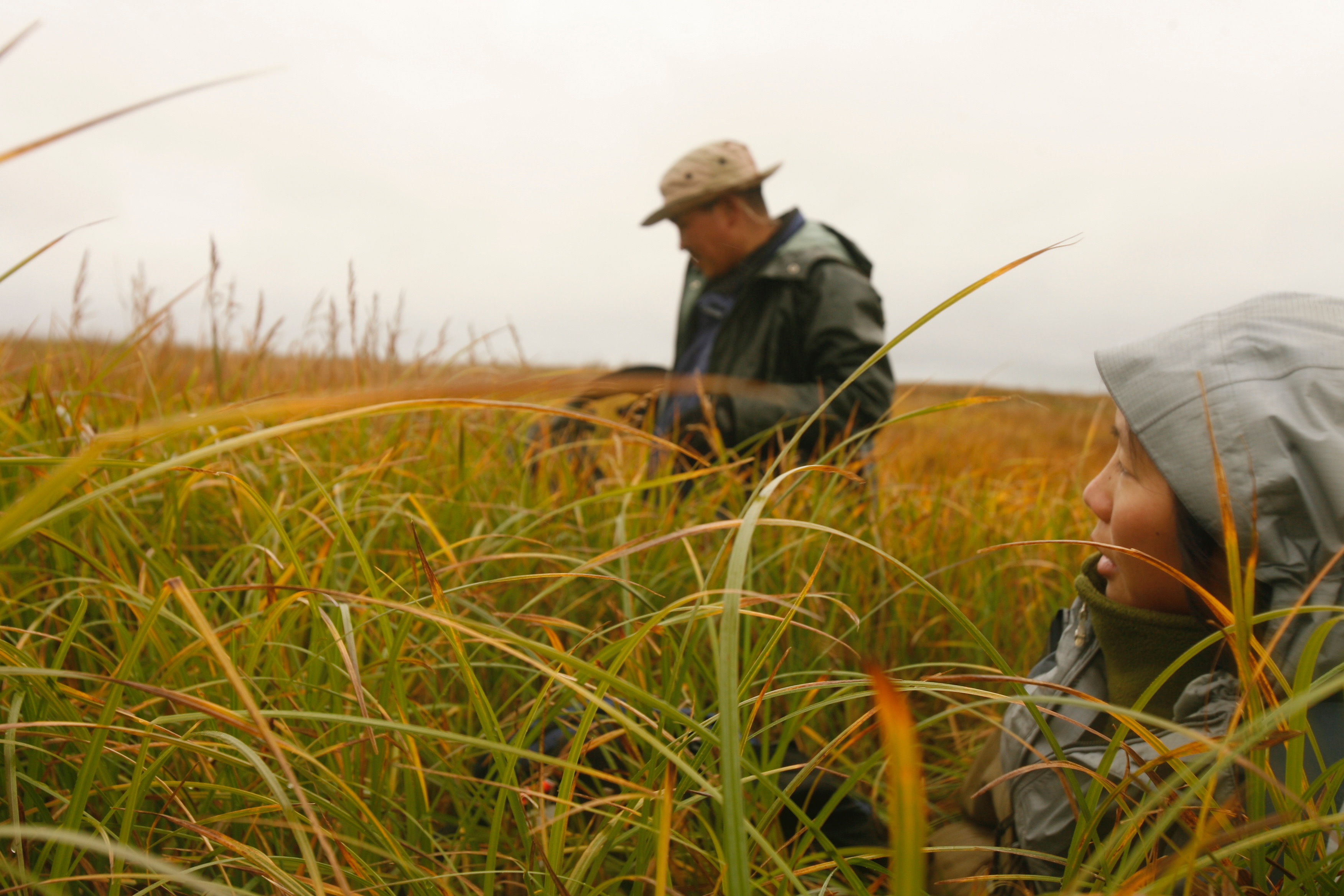
One of my favorite journalism stories involved going to the Yukon-Kuskokwim Delta on the west coast of Alaska to write about the watch for bird flu. In 2006, biologists and public health officials were worried that the deadly H5N1 flu virus might be carried to America by migratory birds from Asia; those birds often stopped in the delta. We went out to a field research camp with some wildlife biologists who were tracking birds called bar-tailed godwits. And we also spent time in a Yu’pik Eskimo village called Kipnuk that subsisted on hunting migratory geese, wider, and ducks (as well as fishing in the rivers and gathering tundra berries). We had a great time following around a pair of these subsistence hunters on the spongy tundra, though we almost got stuck out there when their boat’s motor wouldn’t start. There was one point in Kipnuk when we were looking for people to interview and they had all disappeared. Turns out, everyone was at the wedding at the village’s Moravian Church, so we ended up crashing the wedding. The bride and groom were very gracious, though. They invited us to the reception, so we actually got to eat some of the birds we’d been learning about. We also learned about Eskimo ice cream (tundra berries, mixed with Crisco and sugar).
In 2009, I started wondering what else I might like to do beyond being a newspaper reporter and I remembered all the fun I had writing about JPL. The news chief let me know that there would actually be an opening coming up in a few months, so I took that time to wrap my head around the idea of going from a journalist to being another kind of writer. Of all the stories I wrote for the L.A. Times, I always loved writing explanatory stories best, so working at JPL was going to give me an opportunity to do more of what I loved. Plus, there would be the thrill of hearing about discoveries or seeing new images before almost anyone else. Then I could figure out how to share that news with the wider world in the most appealing way possible. I started out at JPL as the media rep for NASA’s outer solar system missions – writing press releases for and managing the news for missions such as the Cassini mission to Saturn, the Voyager mission to interstellar space, and the Dawn mission to the Asteroid Belt.
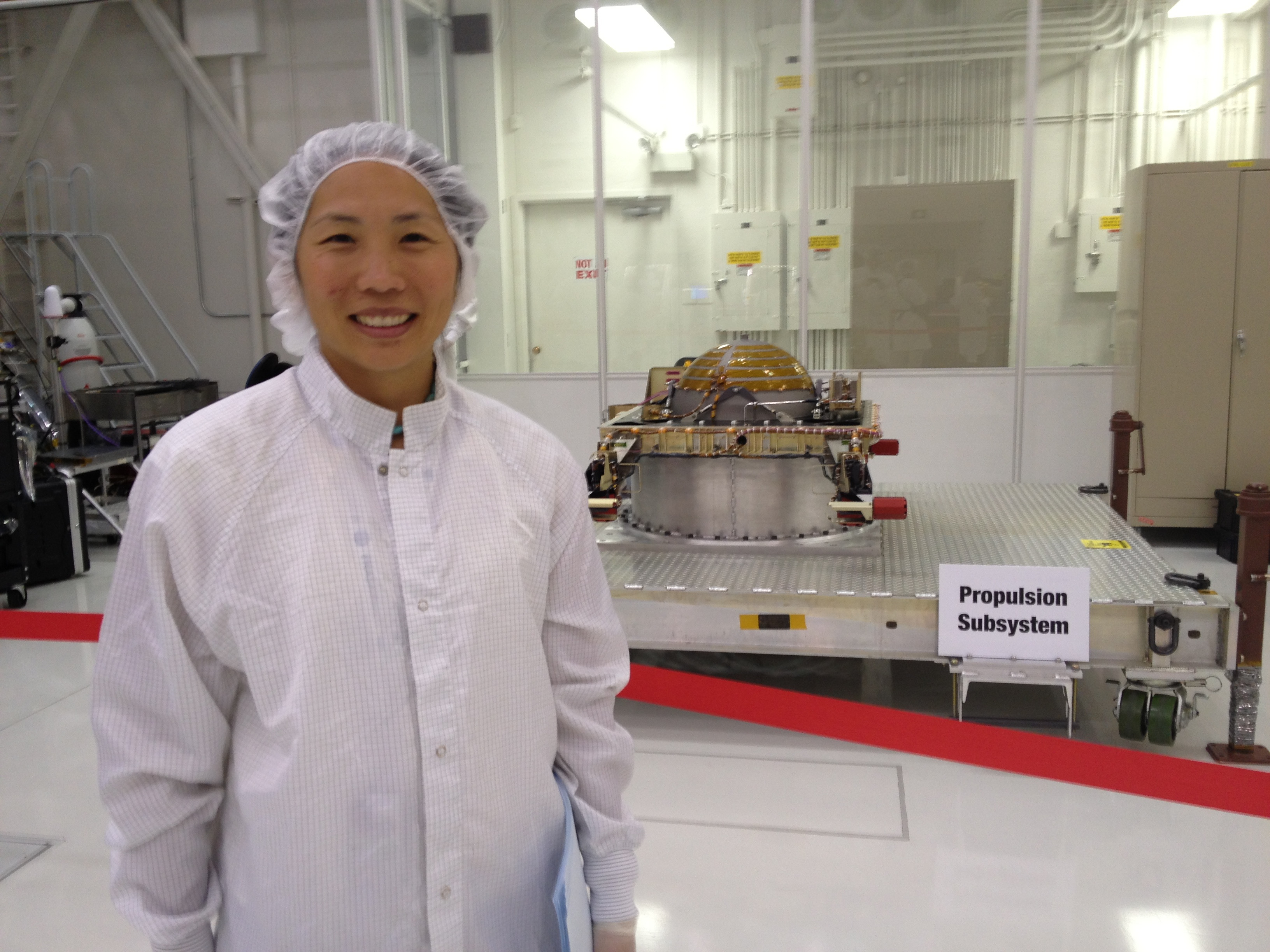
As the Supervisor of News Events and Projects, I coordinate JPL’s big news events and help with long-term planning for media relations. In 2017, I spent most of my time working with the Cassini media rep, mission managers, and the mission’s public engagement team on how to say a proper goodbye to a spacecraft we were deliberately plunging into Saturn's atmosphere. We planned a calendar of press releases, feature stories, web videos, news briefings, and live TV commentary.
When we’re several months out from an event, I have a pretty loose schedule. I’m basically keeping a checklist of media-related items that need to be completed for the event, helping to figure out who is doing what, prodding people about deadlines, updating our list of proposed media products and activities, and learning as much as I can about the mission.
When we get within a few weeks of the event, then the pace really picks up. When we were within weeks of plunging Cassini into Saturn, for example, a typical day might involve going with the Cassini press officer to a meeting with key mission personnel to go over our latest media plan and to show them our latest web video, discussing with a mission scientist the part he/she will play in an upcoming news briefing, checking in with the NASA Headquarters Office of Communications, helping the producer of our plunge-day TV show plan her interviews, and helping members of the news media connect with people on the mission they wish to interview.
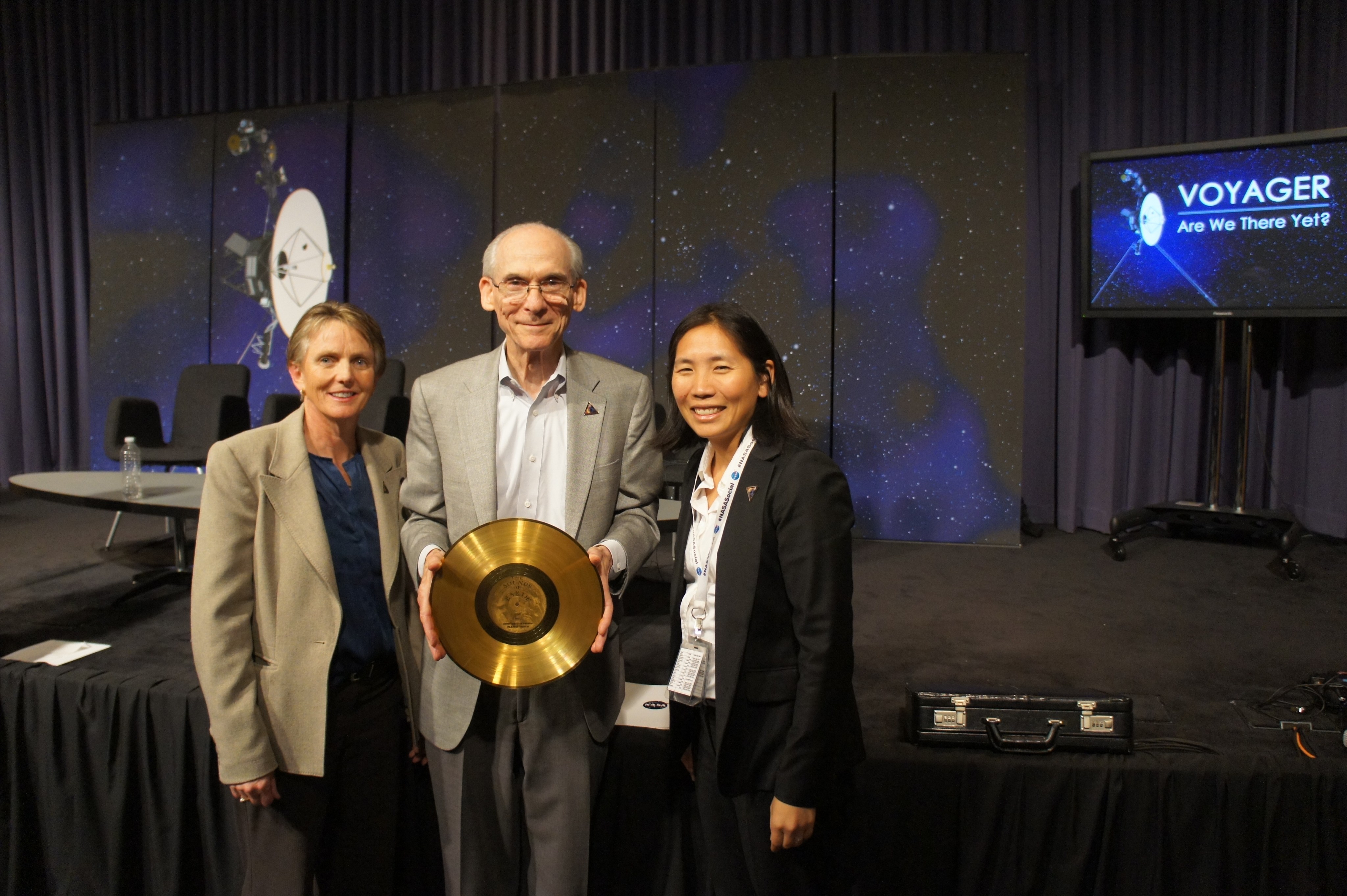
It was the summer of 2013 when I was the media rep for the Voyager mission. I was with Ed Stone, the mission's project scientist when he came to the conclusion that Voyager 1 had crossed the threshold into interstellar space. For the first time, a human-made object flew beyond the plasma bubble our Sun blows around itself. Voyager 1 is now bathed in the remnants of the explosions of other stars. I really appreciated seeing the scientific process – and Ed’s mind – at work. There was quite a bit of debate among members of the science team about whether we had crossed or not. Some indicators pointed to being outside the bubble, but one key indicator hadn’t shifted significantly.
As Ed and I sat together in the Voyager conference room after a lively telecon with the science team, Ed carefully thought through the meaning of these various indicators. To him, the new data from the Plasma Wave Science (PWS) instrument were the clincher. I got chills realizing the historic nature of the moment.
There are always going to be times where you wonder what assumptions other people are making about you, but I would say that, in general, working at NASA has been a very good experience. One thing that was great about working on the Cassini mission was that there were so many other women in leadership positions. Women on that mission spoke their minds. And in JPL’s media relations office, I also have some great female managers for colleagues. I would say there are actually more women, Asians, and Asian-Americans working at NASA than in the newsrooms I used to work in.
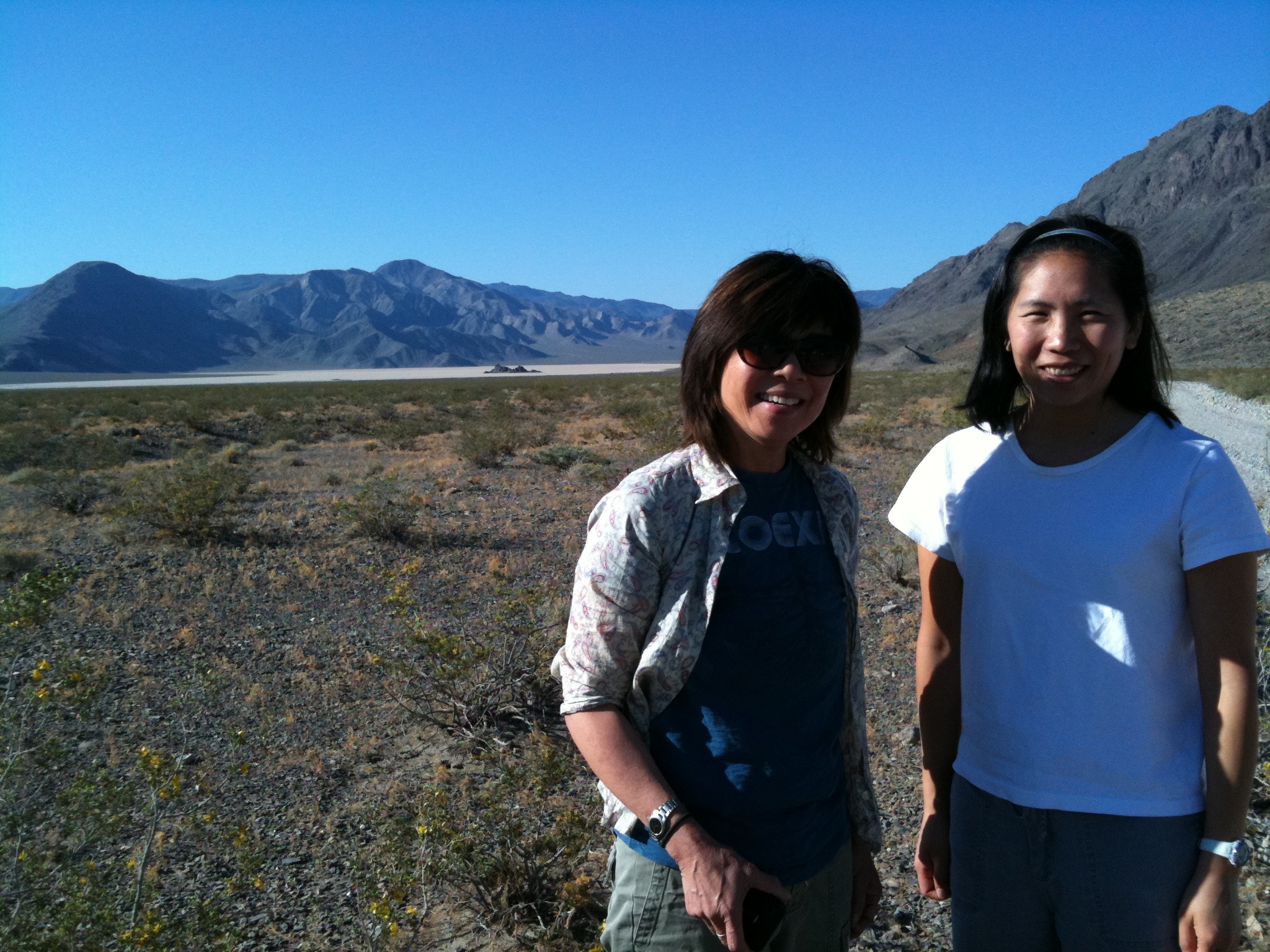
Near the end of my time as a reporter at the L.A. Times, the newspaper was going through round after round of layoffs. I was joking to my colleagues that if I got laid off, I could go on Jeopardy! and try to earn some money that way. Then I realized, why wait until I was out of work? So I started the process of trying to become a contestant, but it took a few years. By the time I got the call to come in for a taping, I was working at JPL and pregnant with my first baby. I got a couple of months’ postponement. The baby still wasn’t sleeping for more than six hours at a stretch, but I didn’t want to miss my chance. I did OK – I got second place. I beat the returning champion, but the guy who beat me was a wizard with the clicker. I couldn’t get the timing right and missed out on a lot of answers I knew the questions to. My Achilles’ heel turned out to be a category called “Lunar Fiction.” If it were “Lunar Nonfiction,” I’m convinced I would’ve done better.
I can usually get a few laughs and shocked faces when I tell people I had a baby in my car. I knew labor would proceed more quickly the second time, but neither I nor my doctor thought my second daughter would come out as abruptly as she did. I was in the car on the way to the hospital when I delivered in rush hour traffic on Beverly Boulevard in Los Angeles. Her birth certificate literally lists the place of birth as “automobile.”
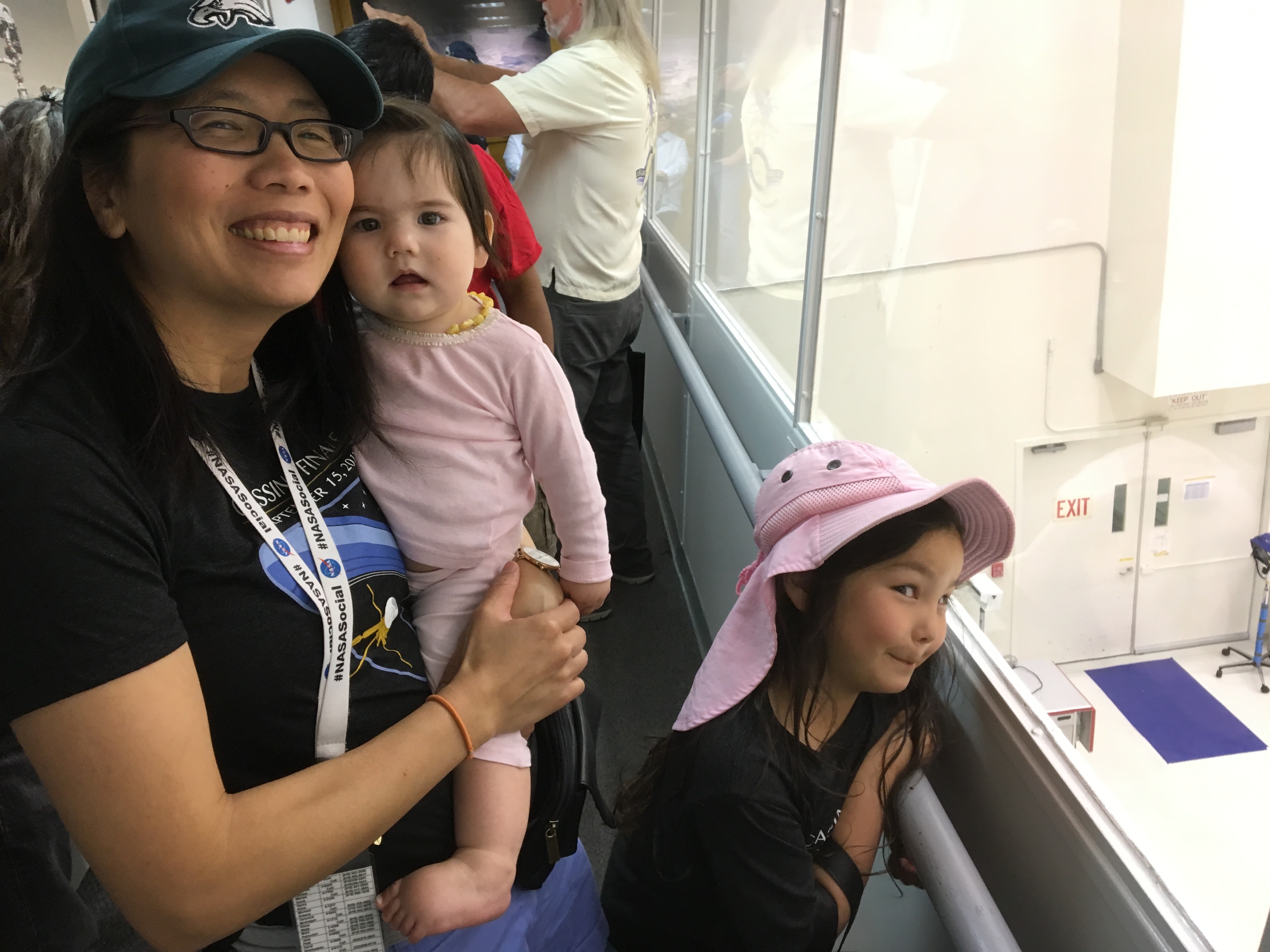
My oldest daughter (who is 6) thinks I have the coolest job. After she was born, I went back to journalism for a few years and I remember her telling her friends “Mommy does computer” when they talked about what their parents did at work. When she came to visit me at JPL recently, I took her to our visitors’ center where she saw rockets, rovers, and other spacecraft. “Wow,” she said. “I thought your office would look like nothing, but you work with these things that go into actual outer space?” I didn’t have the heart to tell her that most of my days still involve being on a computer. But I have earned some serious points because we build really cool robots and send them to other planets.
Everyone is going to have a career transition of one kind or another in their life. Most jobs aren’t going to last for 50 years, the way they used to. You may have your heart set on one particular job, but you’re better off if you can think objectively about the skills you possess and how you can apply them to other industries or other roles. I went from thinking of myself as a journalist to seeing myself as a writer who can translate complex things. That transition opened up a door to writing about space and being gobsmacked every day by what nature creates out there—and how humankind makes sense of it.
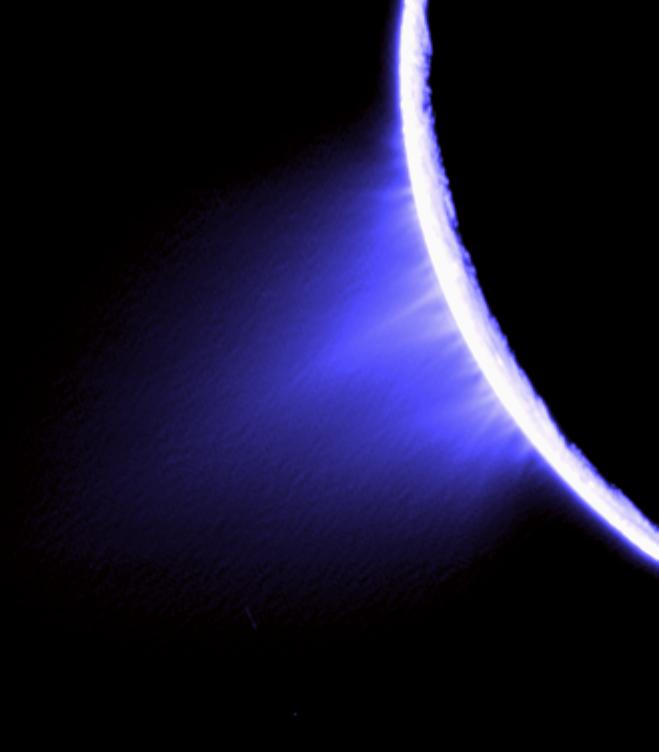
If I have to pick only one image that continues to haunt me, it’s this one. It's an image of Saturn’s moon Enceladus, which Cassini discovered has jets of water ice, organic particles, and salt spraying out from its south polar region. Enceladus is an example of why it’s so important to go exploring—before Cassini spent time studying it up-close, we didn’t know Enceladus has nearly all the required ingredients for a habitable world! Under its icy crust, scientists think there is an environment similar to the hydrothermal vents on the floor of Earth’s oceans, which are teeming with life. When I look at this picture of Enceladus, I think about what might possibly be swimming under that crust, being sprayed out like free samples into space! If there’s life, what might it look like? Will it be a bacterium of some kind? Could it be more complex? Will it look like anything we have on Earth or will it be so different it’s beyond our comprehension?
Planetary science is a global profession.

